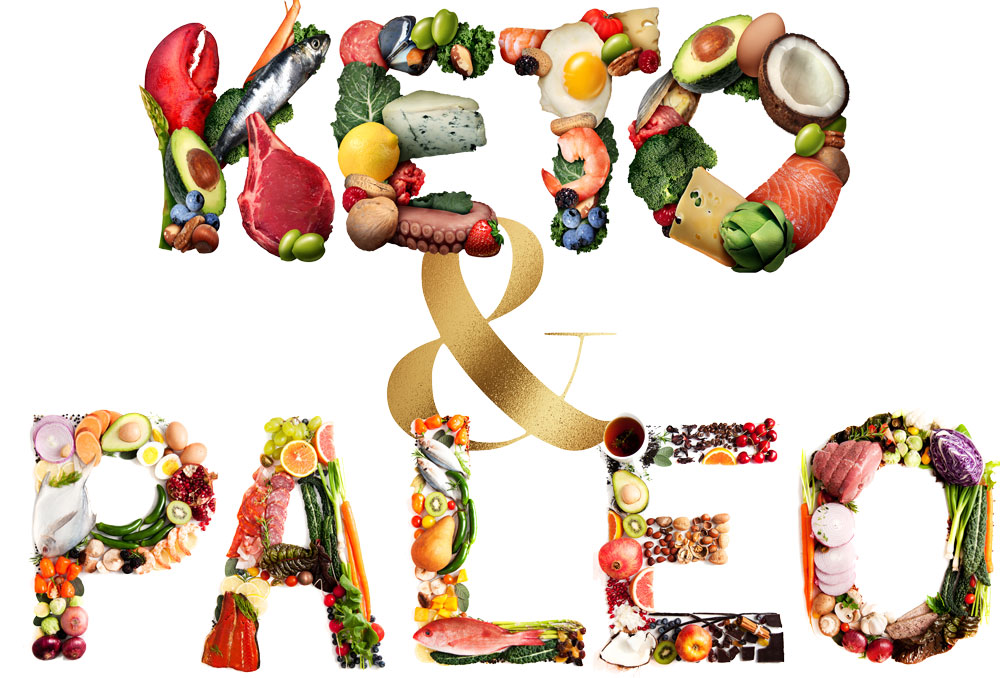As food and nutrition experts, it can sometimes be overwhelming to keep up with diet trends. Whether you are recommending a diet, designing a menu for a senior living community or preparing a meal for yourself or a loved one, conversations about diet trends always come up.
Consumers are being sent countless messages about the “ideal” way to eat, and many diet plans are shifting focus from strict weight-loss goals to disease prevention, overall wellness and motivators related to the environment and world health.
In order to adjust to trends, we must begin to understand the science behind them as well as the feasibility of maintaining them in the future.
Perhaps two of the trendiest yet most complicated diet plans out there to understand today are ketogenic and paleo. Here are some basics about these diets:
Overall, one commonality between any diet is the ability to be mindful in food decision making. Rather than concentrating on “good versus bad” foods, behavioral patterns prove to be the most significant practice that lead to long-term lifestyle and wellness changes. Consumers that put an emphasis on meal planning and “think before they bite” are more successful regardless of the type of diet they choose.
As a registered dietitian, I DO NOT recommend cutting out an entire food group. Foods play an important piece in our social activities, cultural practices and overall quality of life. By limiting a food group, we compromise the ability to have a positive relationship with food. Not to mention that when we cut out certain foods, there is a high risk of cutting out essential nutrients. Dietitians emphasize following an individualized, general, healthful diet that allows all foods to fit. If you would like further information about diet and lifestyle change, reach out to a Registered Dietitian!
Ketogenic
- High fat, extremely low carb.
- No restriction of calories.
- Rather than plates consisting of 50% carbohydrates a day, plates consist of around 10% carbohydrates, mostly in the
form of vegetables. - Plates consist heavily of protein and fat, causing the body to enter a ketogenic state. This alters the metabolic pathway to use fats instead of carbohydrates for energy (1).
- According to a 2018 article written by the American Medical Association, the ketogenic diet causes HDL cholesterol (the healthy type) to increase, leading to some benefits to heart health. If the fat sources consumed are composed of unsaturated fats versus saturated fats, it is possible to avoid an increase of LDL (the bad type of cholesterol).
- Research does not show that the ketogenic diet has long-term success in weight loss. This is due to the inability to sustain the diet through lifestyle. The weight lost will be quick to return as soon as the body exits the ketogenic state.
Paleo
- Also known as the “caveman diet” or the “hunter-gatherer diet”.
- This diet is more related to lifestyle. There is no focus on altering calories or changing portions of carbohydrates, fats or proteins.
- According to the Academy of Nutrition and Dietetics, “this diet centers around the idea that if we eat like our ancestors did 10,000 years ago, we’ll be healthier, lose weight and curb disease. That means foods that can be hunted, fished or gathered: meat, fish, shellfish, poultry, eggs, veggies, roots, fruits and berries. No grains, no dairy, no legumes (beans, lentils and peas), no sugar and no salt (2).”
- There is no scientific research to show health outcomes associated with the paleo diet.
1. Abbasi, J. (2018). Interest in the Ketogenic Diet Grows for Weight Loss and Type 2 Diabetes. Jama,319(3), 215. doi:10.1001/jama.2017.20639
2. Should We Eat Like Our Caveman Ancestors. (n.d.). Retrieved from https://www.eatright.org/health/weight-loss/fad-diets/should-we-eat-like-our-caveman







